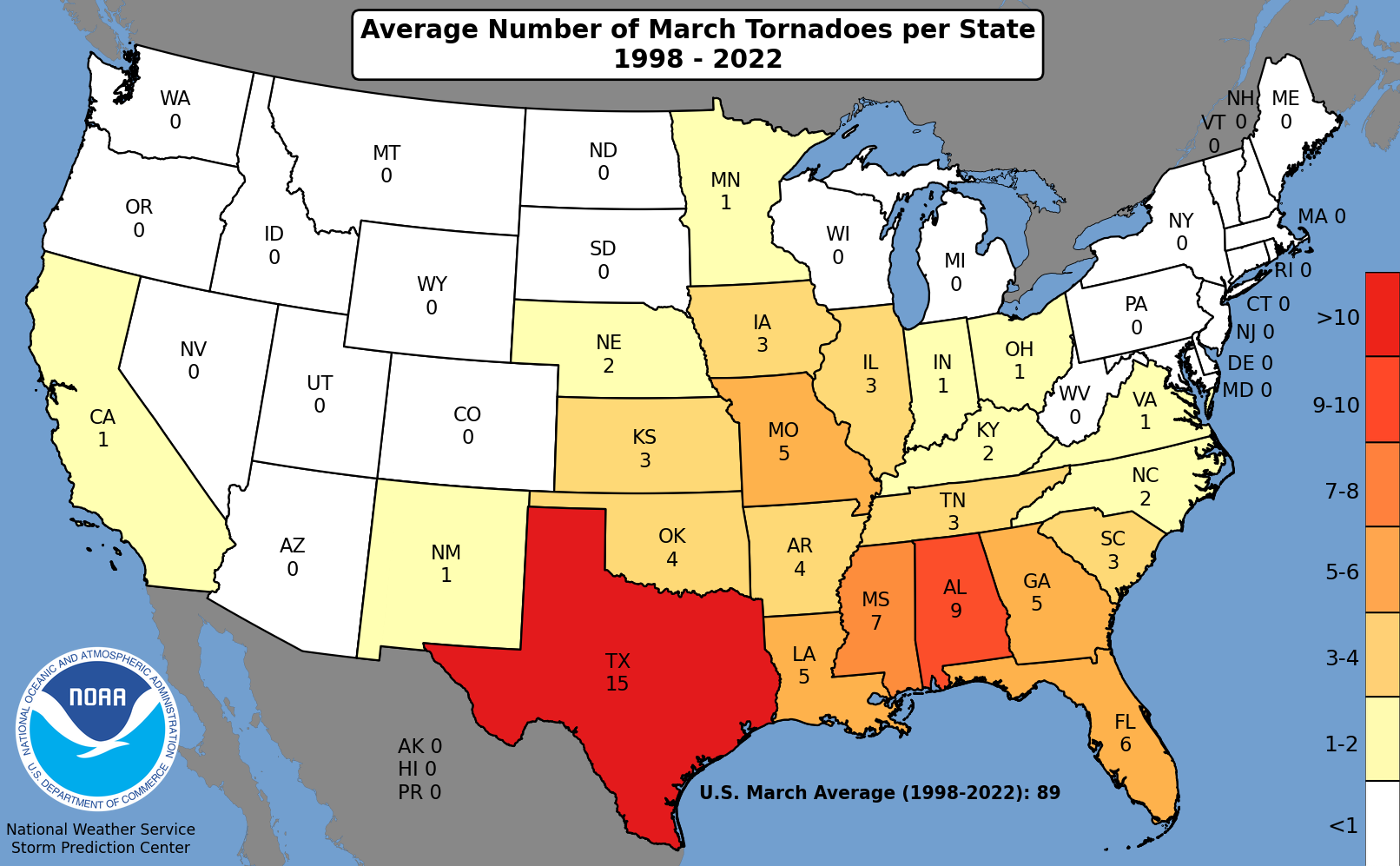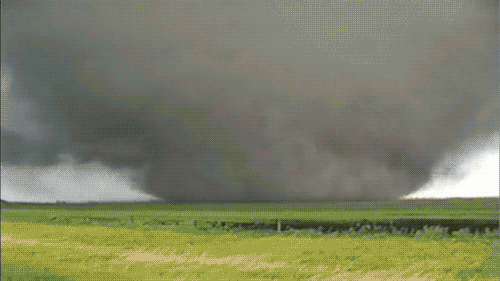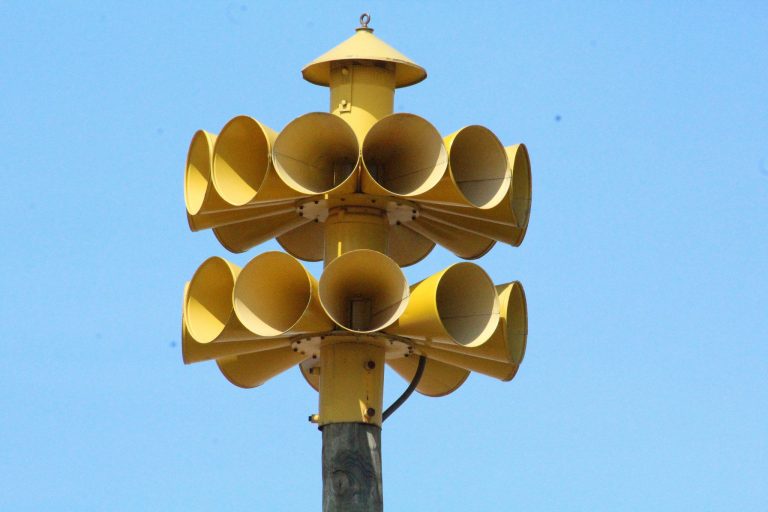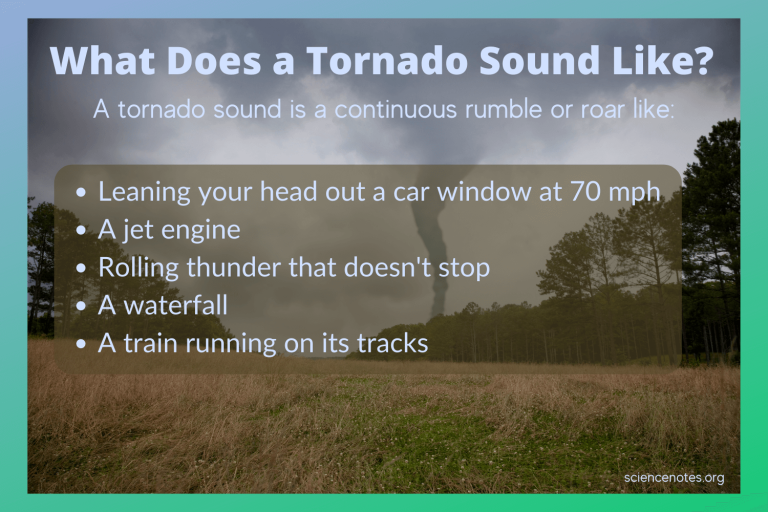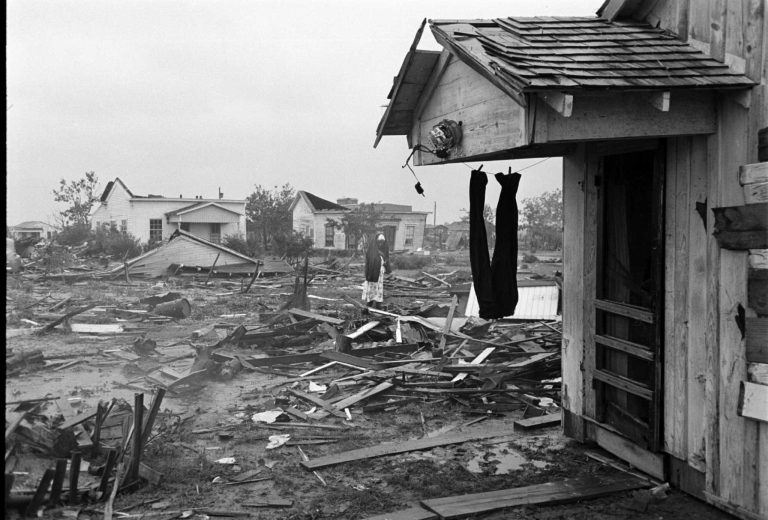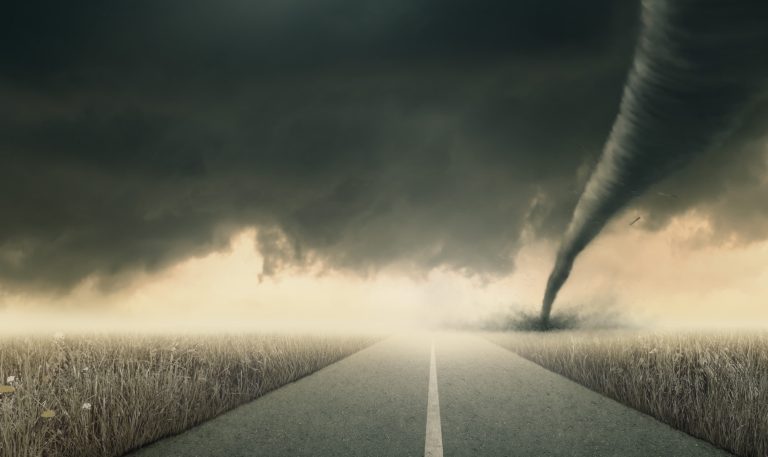What States Are Tornado Alley
Tornado Alley: The States Most Affected by Tornadoes
**Answer: Tornado Alley refers to a region in the United States that experiences a high frequency of tornadoes. The states commonly associated with Tornado Alley include Texas, Oklahoma, Kansas, Nebraska, South Dakota, Iowa, Missouri, and sometimes parts of Colorado, New Mexico, and Arkansas. Let’s explore these states in more detail and understand why this region is known for its tornado activity.**
Tornadoes are a fascinating yet destructive force of nature, capable of causing significant damage to property and endangering human lives. Certain regions in the United States have gained notoriety for being particularly prone to these violent storms. This cluster of states, colloquially referred to as Tornado Alley, has earned its reputation due to the high occurrence of tornado activity. But which states exactly make up Tornado Alley, and why are they more susceptible to tornadoes?
States in Tornado Alley
Texas
Texas is the southernmost state often included in Tornado Alley. This vast state experiences frequent tornadoes due to its geography, which features a mix of coastal plains, mountains, and a dry interior. The convergence of warm, moist air from the Gulf of Mexico with drier air from the west creates ideal conditions for tornado formation.
Oklahoma
Oklahoma is commonly considered the core of Tornado Alley. It experiences a high frequency of tornadoes, earning the title of “tornado capital of the world.” The state’s flat terrain, humid subtropical climate, and warm, moist air make it a hotbed for tornado activity. Furthermore, its central location within the United States exposes it to a wide range of weather patterns, increasing the likelihood of tornado formation.
Kansas
Kansas, located just north of Oklahoma, is another state notorious for tornadoes. The geography of Kansas, characterized by expansive prairies and a moderately humid continental climate, contributes to the formation of powerful thunderstorms and tornadoes. This state often takes center stage in many tornado documentaries and studies.
Nebraska
Nebraska, also part of Tornado Alley, experiences a notable number of tornadoes. Similar to Kansas, Nebraska’s geography comprises flat plains and a continental climate, creating favorable conditions for tornado formation. The state’s central location and topography make it vulnerable to severe storms sweeping across the Great Plains.
South Dakota and Iowa
South Dakota and Iowa, located to the north of Nebraska, also fall within the Tornado Alley region. Though these states may not experience tornadoes as frequently as Oklahoma or Texas, they still face a considerable risk due to their location and climate. South Dakota’s Black Hills and Iowa’s rolling landscape contribute to unique storm dynamics that can foster tornado development.
Missouri
Missouri, often included in Tornado Alley, endures a high number of tornadoes each year. Its geography, consisting of plains on the western side and the Ozark Mountains in the south, creates an environment ripe for tornado formation. The state’s placement between the moist air from the Gulf of Mexico and the dry air from the west further enhances the likelihood of severe weather.
Other States
While the aforementioned states are typically associated with Tornado Alley, certain regions in other states may also experience a heightened frequency of tornadoes. These areas include parts of Colorado, where the foothills of the Rocky Mountains can influence weather patterns, as well as sections of New Mexico and Arkansas. However, the intensity and frequency of tornadoes in these regions may not match those observed in the core states of Tornado Alley.
Frequently Asked Questions
Q: Are the states in Tornado Alley the only ones prone to tornadoes?
No, tornadoes can occur in other states as well. While the states in Tornado Alley experience a higher frequency of tornadoes, tornadoes can form anywhere under the right conditions. Tornado Alley is simply a region known for its elevated risk of tornado activity.
Q: When is the peak season for tornadoes in Tornado Alley?
Tornadoes can occur throughout the year, but the peak season for tornado activity in Tornado Alley is typically during the spring and early summer months. This is when warm, moist air from the Gulf of Mexico clashes with cooler air masses, creating a favorable environment for tornado formation.
Q: Is it safe to live in Tornado Alley?
Living in Tornado Alley does come with an increased risk of tornadoes. However, it’s important to note that tornadoes can occur outside of Tornado Alley as well. It is crucial for residents in these regions to stay informed about severe weather conditions, have a plan in place, and take appropriate precautions to stay safe during tornado outbreaks.
Final Thoughts
Tornado Alley encompasses several states in the United States that have become synonymous with tornado activity. Although Texas, Oklahoma, Kansas, Nebraska, South Dakota, Iowa, and Missouri are the primary states associated with Tornado Alley, other states in the vicinity also occasionally experience intense tornado outbreaks. While living in these states may bring an elevated risk of tornadoes, it is crucial for individuals to stay informed, prepared, and vigilant in the face of severe weather. By understanding the patterns and characteristics of tornadoes, communities can better protect themselves and mitigate the potential impact of these destructive storms.
